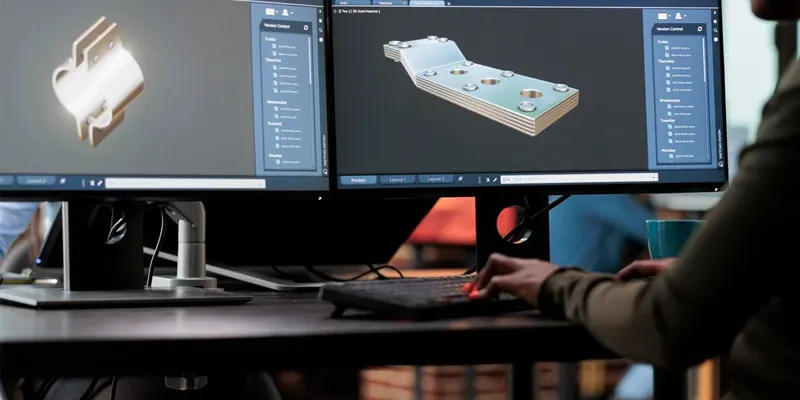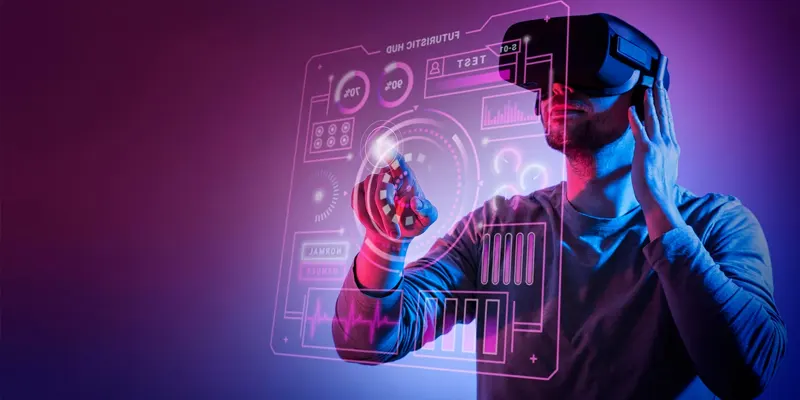In the world of generative technology, the view from above often dazzles us with breathtaking virtual landscapes. However, when we descend to street level, the synthetic environment can feel somewhat lacking in authenticity. Most current solutions fall short in capturing street-level detail.
The Street-Level Solution
Here's the lowdown: Synthetic environments tend to fall short when it comes to capturing the street-level details we're familiar with in the real world. The problem arises from several factors: Real-life streets are brimming with tiny details - individual bricks, blades of grass, and countless other elements that lend authenticity. Generative models simply struggle to replicate these nuances. Unfortunately, these nuances are all that matter for the industry.
The basis of enjoying virtual environments lies on how well the brain can believe it. For instance, streets are animated by the ebb and flow of life - cars in motion, people strolling, and the ever-changing weather. Synthetic environments, however, often lack these dynamic elements, resulting in a static and lifeless feel.
Procedural Generation: The Street-Level Savior
The path to resolving The Bird's Eye Problem lies in the art of procedural generation, a technique that can breathe life into synthetic worlds. Procedural algorithms excel at infusing street-level scenes with intricate details, turning a bland synthetic landscape into a realistic one. Procedural generation brings diversity to textures, alleviating monotony and adding depth to the environment. Also, wth procedural techniques, synthetic worlds can be brought to life with dynamic elements, such as moving vehicles and animated pedestrians.
The Future Beckons
The Bird's Eye Problem is a challenge, but procedural generation holds the promise of creating street-level synthetic environments that feel genuinely authentic. As we refine our techniques and push the boundaries of innovation, we draw closer to a future where synthetic worlds are virtually indistinguishable from reality. This not only opens up new horizons in gaming, urban planning, and simulations but also marks an exciting milestone in the realm of artificial intelligence and computer graphics. The journey continues, and the destination is nothing short of extraordinary.
The Bird's Eye Problem:
Bridging the Gap with Procedural Generation

